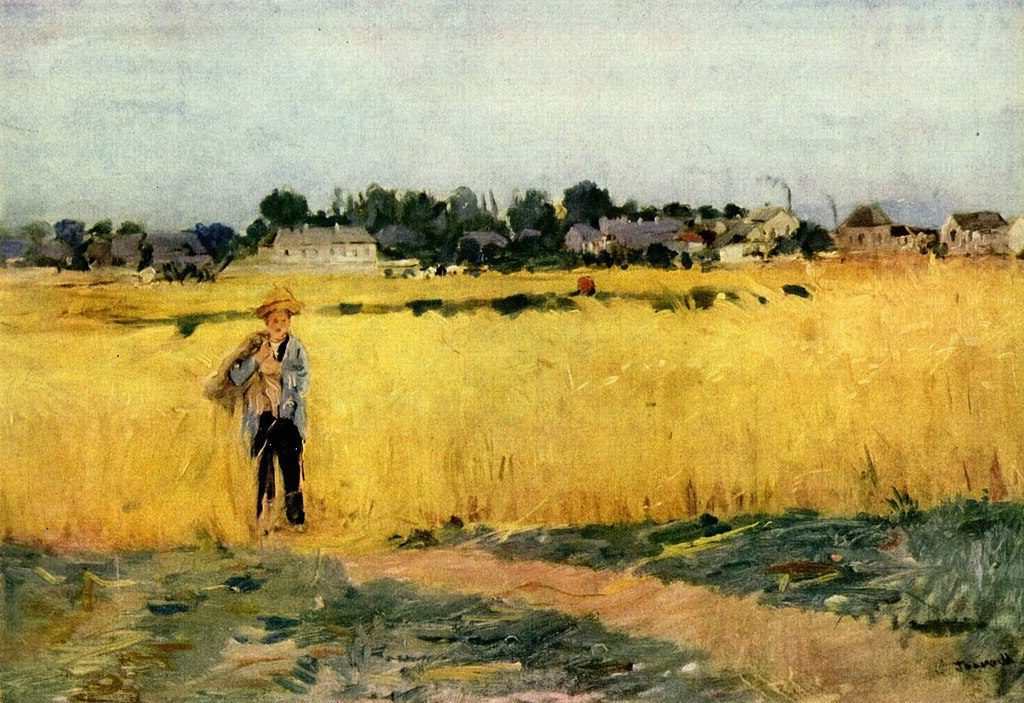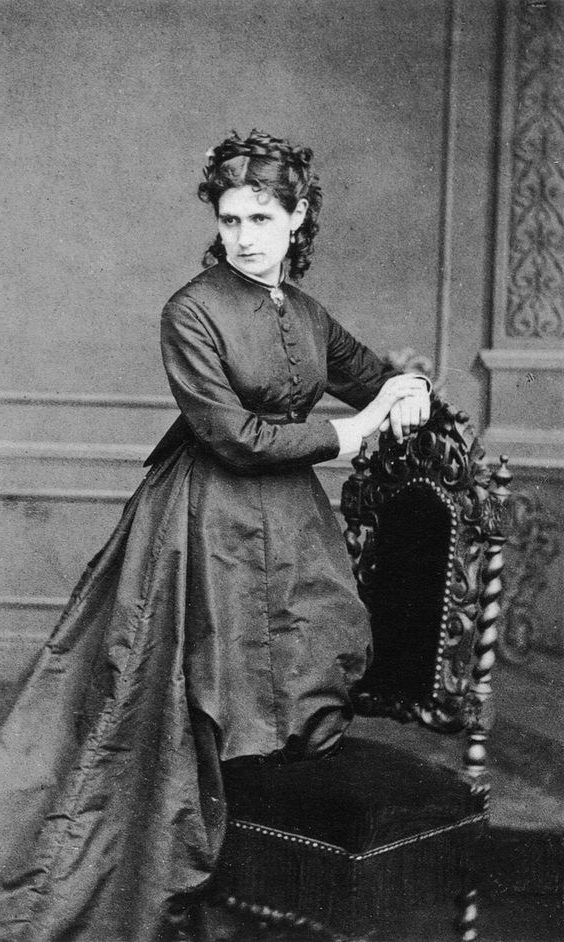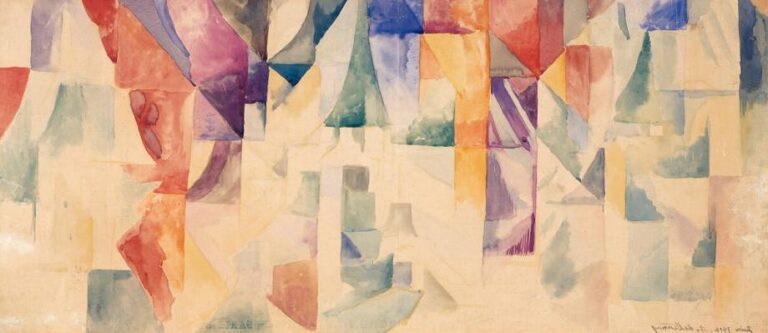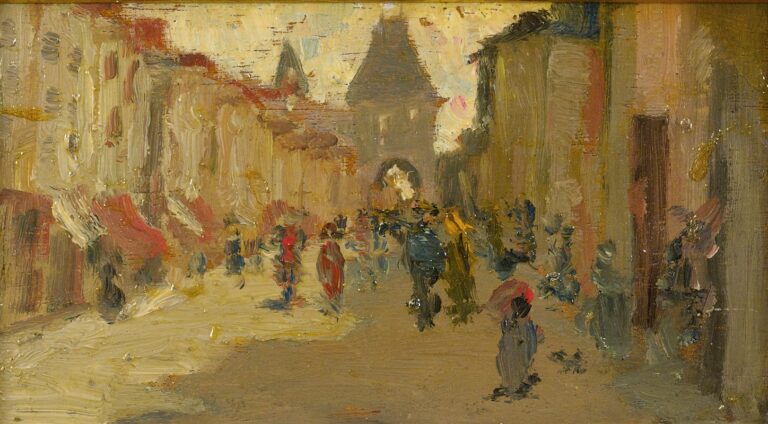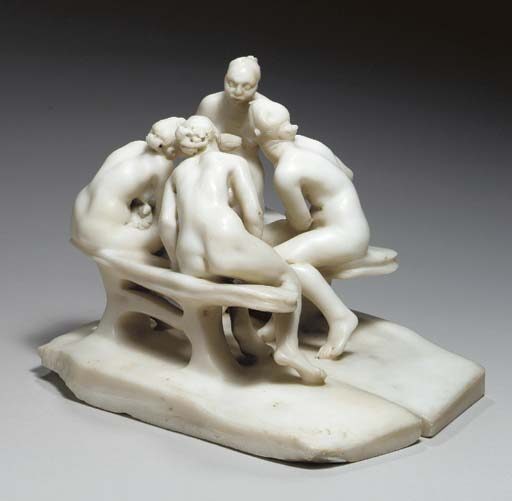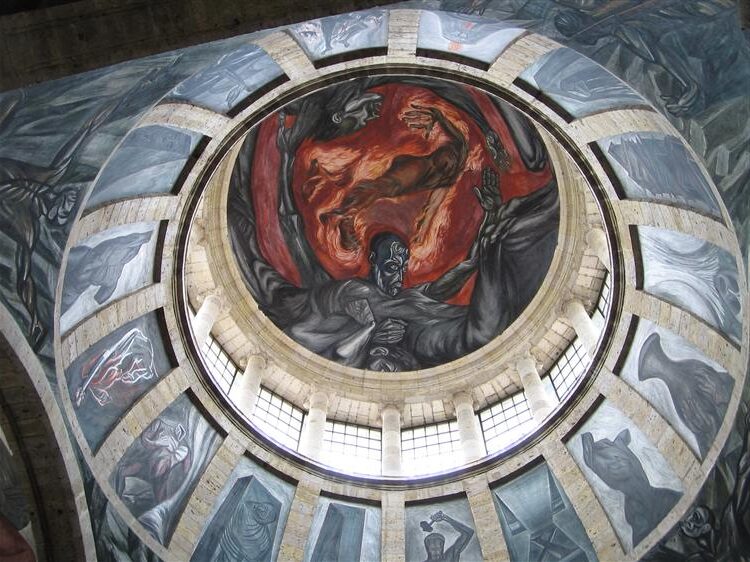Berthe Morisot: Painter and Pioneering Impressionist
Born: 14 January 1841, Bourges, France
Death: 2 March 1895, Paris, France
Art Movement: Impressionism
Nationality: France
Influenced By: Camille Corot and Jean-Honoré Fragonard
Teachers: Geoffroy-Alphonse Chocarne and Joseph Guichard
Berthe Morisot: Painter and Pioneering Impressionist
Early Life and Artistic Training
Berthe Morisot was born into a privileged French family in 1841. Her early years were marked by artistic pursuits and formal training that shaped her future as a pioneering Impressionist painter.
Formative Years in France
Berthe Morisot grew up in Bourges, France. Her father, Edmé Tiburce Morisot, worked as a high-ranking government official. This comfortable upbringing allowed Morisot to focus on her artistic talents from a young age.
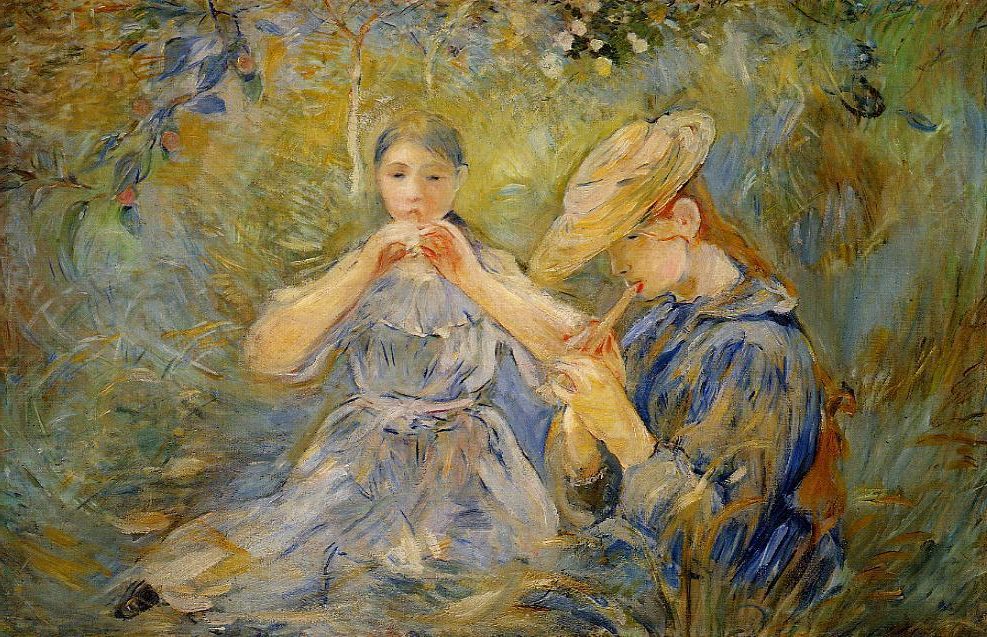
Le Flageolet (The Flute Player) (1890) by Berthe Morisot
As a girl, Morisot showed a natural gift for art. Her parents supported her passion and hired private art tutors to nurture her skills.
Morisot’s family moved to Paris when she was a teenager. This move opened up new opportunities for her art education. In Paris, she visited museums and studied the works of great masters.
Influence of Camille Corot and Jean-Honoré Fragonard
Two important artists shaped Morisot’s early artistic development: Camille Corot and Jean-Honoré Fragonard.
Morisot worked under Camille Corot’s guidance from 1862 to 1868. Corot, a famous landscape painter, taught her to paint outdoors. This practice, known as “en plein air,” became a key feature of Impressionism.
Jean-Honoré Fragonard, Morisot’s grandfather, was a noted Rococo painter. While she never met him, his legacy influenced her work. Fragonard’s light touch and focus on everyday scenes can be seen in Morisot’s later paintings.
These early influences helped Morisot develop her unique style. She combined traditional techniques with new ideas about light and color.
Key Contributions and Impressionist Exhibitions
Berthe Morisot played a vital role in the Impressionist movement. She showcased her work in major exhibitions and developed strong artistic partnerships. Her unique style and techniques left a lasting impact on the art world.
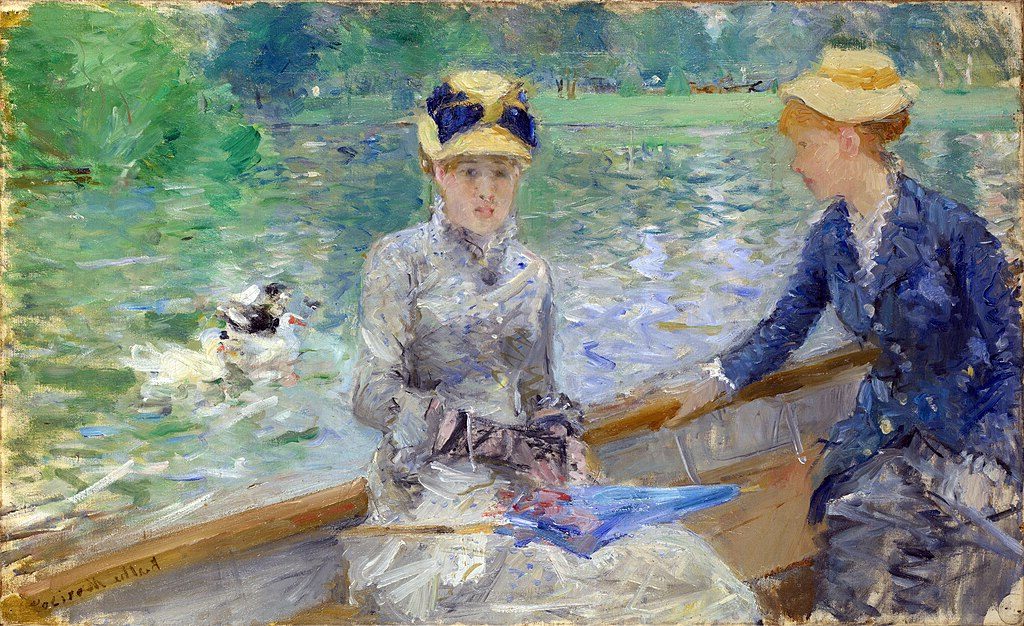
Summer’s Day (Jour d’été) (1879) by Berthe Morisot
Involvement in the Impressionist Movement
Morisot was a key figure in the Impressionist movement. She took part in seven of the eight Impressionist exhibitions from 1874 to 1886. Her work helped define the movement’s style.
Morisot’s paintings focused on everyday scenes and the effects of light. This approach was central to Impressionism’s goals. She often painted outdoors to capture fleeting moments.
Her art challenged traditional expectations, making her stand out in the male-dominated art world of the time.
Partnerships with Édouard Manet and Claude Monet
Morisot formed strong ties with other Impressionist painters. Her friendship with Édouard Manet was especially important. Manet painted several portraits of Morisot, including “Berthe Morisot with a Bouquet of Violets.”
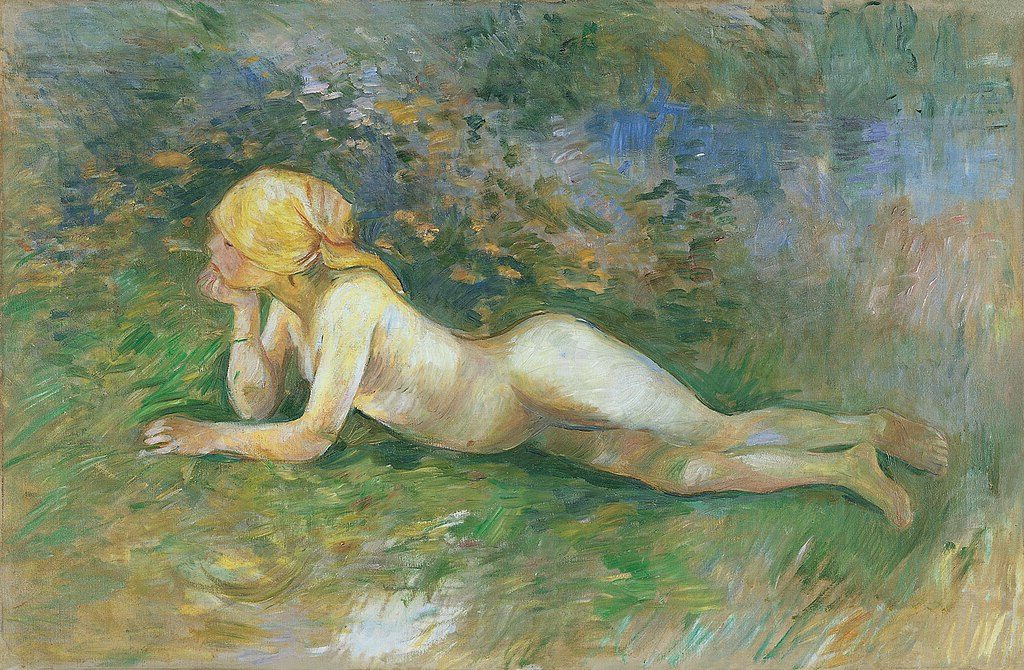
Bergère nue couchée (1891) by Berthe Morisot
She also worked closely with Claude Monet. They often painted together outdoors. This practice, known as plein air painting, was a hallmark of Impressionism.
These partnerships helped Morisot refine her style and strengthened her position in the Impressionist group.
Notable Works and Techniques
Morisot created many acclaimed paintings. “The Cradle” (1872) is one of her most famous works. It shows her sister Edma watching over her sleeping baby.
“Woman at Her Toilette” (1875-1880) is another important piece. It displays Morisot’s skill in capturing light and reflection.
Her painting “Summer’s Day” (1879) shows her mastery of outdoor scenes. It features two women in a rowboat, surrounded by soft, shimmering water.
Morisot used quick, loose brushstrokes. This technique gave her paintings a sense of movement and spontaneity. She often used light colors to create a bright, airy feel in her work.
Legacy and Impact on Art
Berthe Morisot left an indelible mark on the art world. Her work shaped Impressionism and paved the way for future female artists.

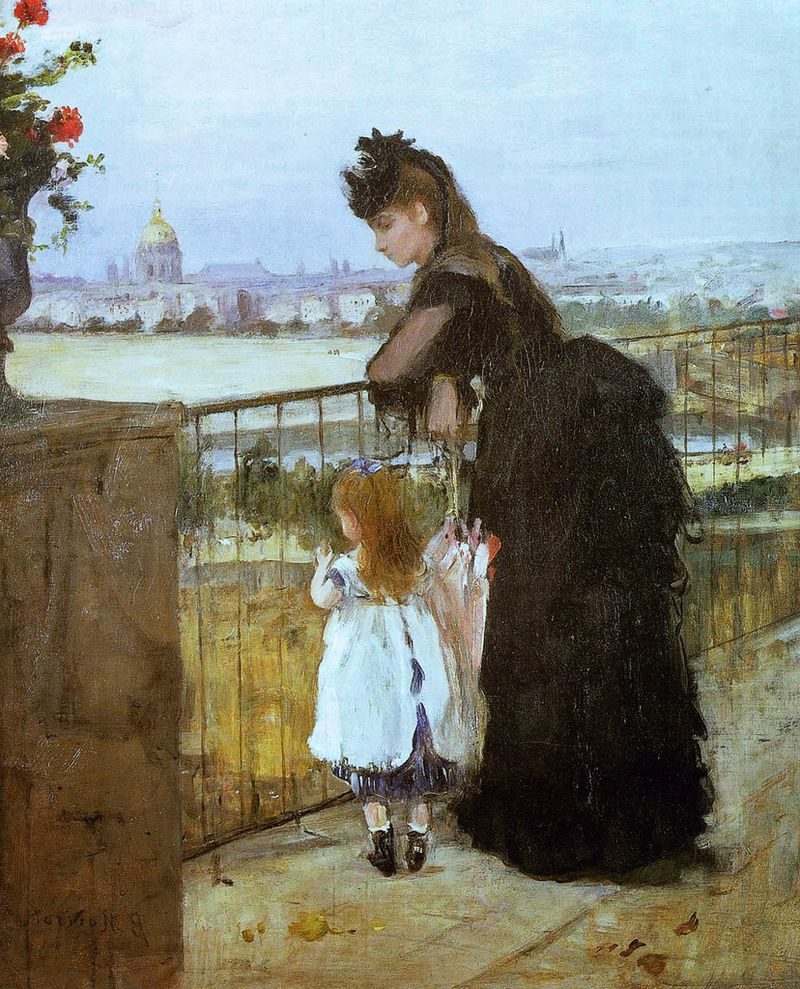
Recognition and Museums
Morisot’s paintings hang in top museums worldwide. The Musée d’Orsay in Paris houses a large collection of her work. The National Gallery of Art in Washington, D.C. and the Metropolitan Museum of Art in New York also display her pieces.
Her domestic scenes and landscapes capture everyday life with a fresh eye. “Woman at Her Toilette” is a prime example, showing Morisot’s skill in portraying intimate moments.
Critics like Gustave Geffroy praised her talent during her lifetime. Today, art historians view her as a key Impressionist figure.
Influence on Future Female Painters
Morisot broke barriers for women in art. She proved that female painters could succeed in a male-dominated field.
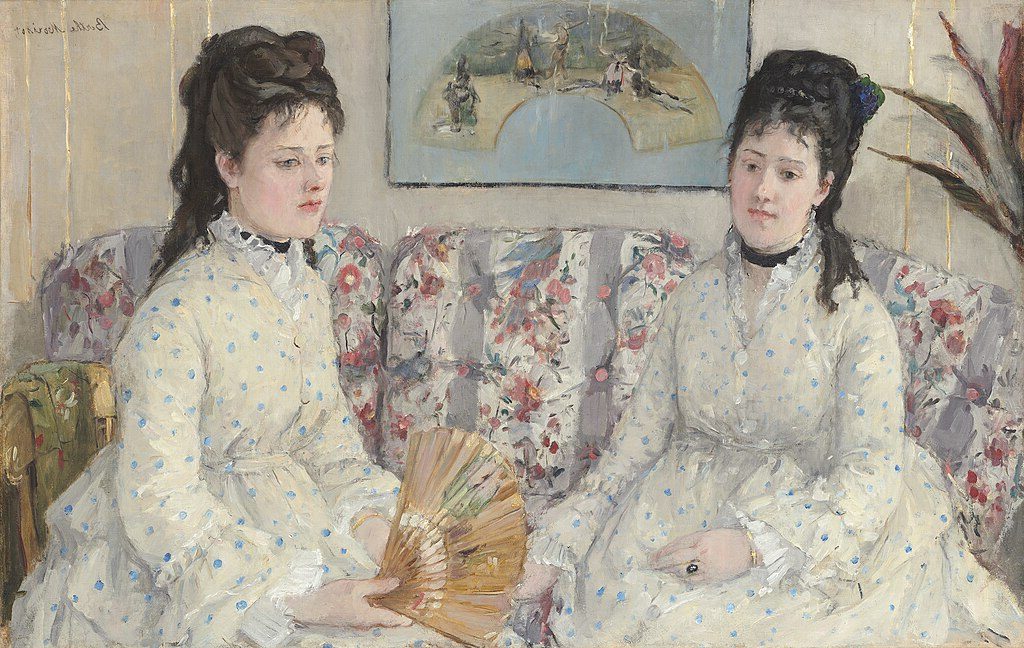
The Sisters (1869) by Berthe Morisot
Her focus on domestic life and motherhood opened new subject areas for artists. She showed these themes could be worthy of serious art.
Morisot’s bold brush strokes and use of light inspired later painters. Her plein air technique and spontaneous style influenced the Avant-garde movement.
The National Museum of Women in the Arts celebrates Morisot as a pioneer. Her success encouraged more women to pursue careers in art.
Frequently Asked Questions
Berthe Morisot was a key figure in the Impressionist movement. Her life and work sparked many questions about her family, art, and legacy.
Who were the family members of Berthe Morisot and how did they influence her work?
Berthe Morisot was born into a wealthy French family in 1841. Her father, Edmé Tiburce Morisot, worked as a government official. Her mother was related to the famous Rococo painter Fragonard.
Morisot’s family supported her artistic pursuits. Her sister Edma also painted, and they often worked together. This early encouragement helped shape Morisot’s career as an artist.
What is the significance of ‘The Cradle’ in Berthe Morisot’s career?
‘The Cradle’ is one of Morisot’s most famous paintings. It shows her sister Edma watching over her sleeping baby. The work gained praise for its tender portrayal of motherhood.
This painting helped cement Morisot’s reputation as a skilled artist. It showcased her talent for capturing intimate family scenes with a light, airy touch.
What were the circumstances surrounding Berthe Morisot’s death?
Berthe Morisot died on March 2, 1895, at the age of 54. She caught pneumonia while caring for her sick daughter Julie. Despite treatment, Morisot’s condition worsened quickly.
Her death was a great loss to the art world. Fellow artists and friends mourned the passing of this talented Impressionist painter.
Can you describe the places where Berthe Morisot lived and worked throughout her life?
Morisot was born in Bourges but grew up in Paris. She spent most of her adult life in the French capital, the center of the art world at that time.
She also painted in coastal towns like Nice and on the Isle of Wight. These seaside locations inspired many of her bright, airy landscapes.
How did Berthe Morisot’s approach to self-portraiture contribute to her overall oeuvre?
Morisot created several self-portraits during her career. These works showed her skill in capturing human emotions and expressions. Her self-portraits often depicted her as a serious, thoughtful artist.
These paintings gave viewers insight into Morisot’s personality and artistic vision. They added depth to her body of work, which mostly focused on other subjects.
What is the main artistic legacy of Berthe Morisot, and how did she achieve it?
Morisot’s legacy lies in her role as a pioneering female Impressionist. She helped shape the movement with her unique style and subject matter.
Her paintings of women and domestic scenes brought a fresh perspective to Impressionism.
Morisot achieved this through hard work and talent. She exhibited regularly with the Impressionists and continued to push artistic boundaries throughout her career.

